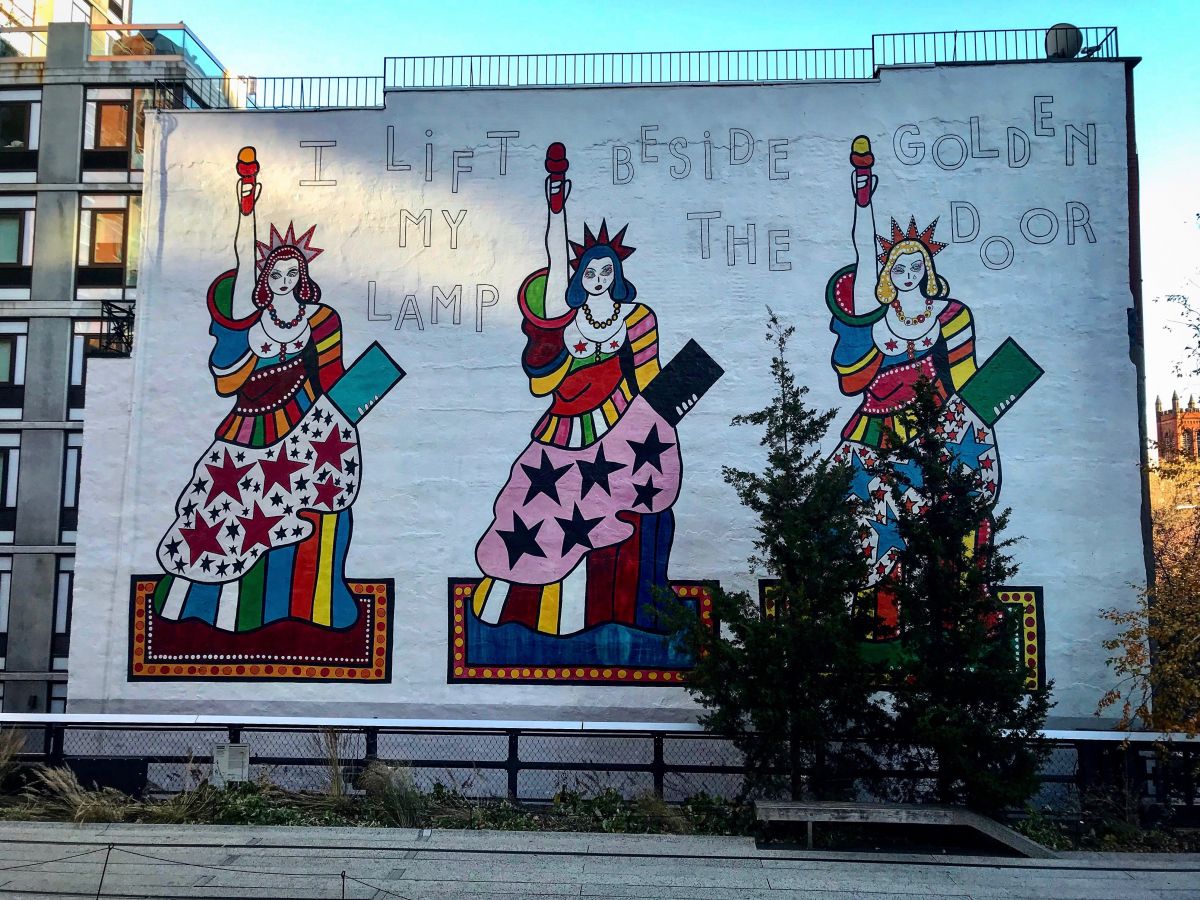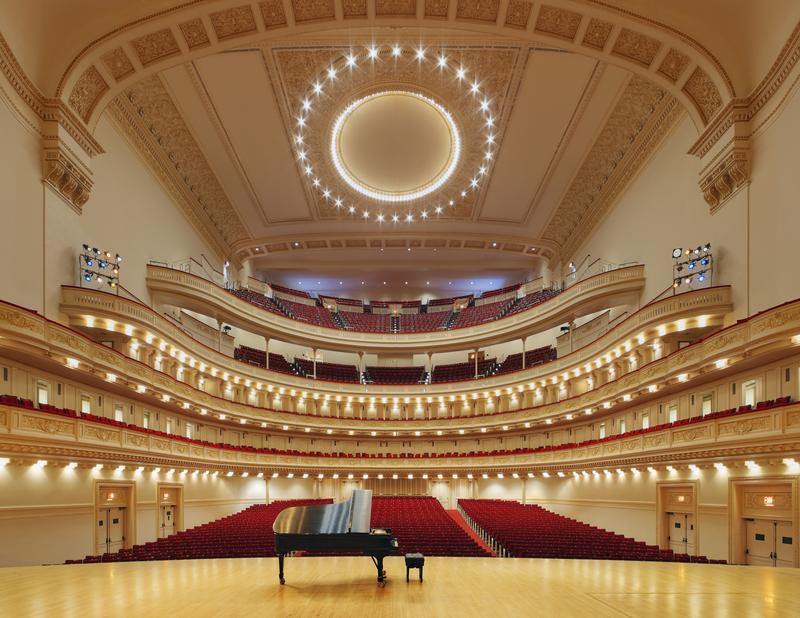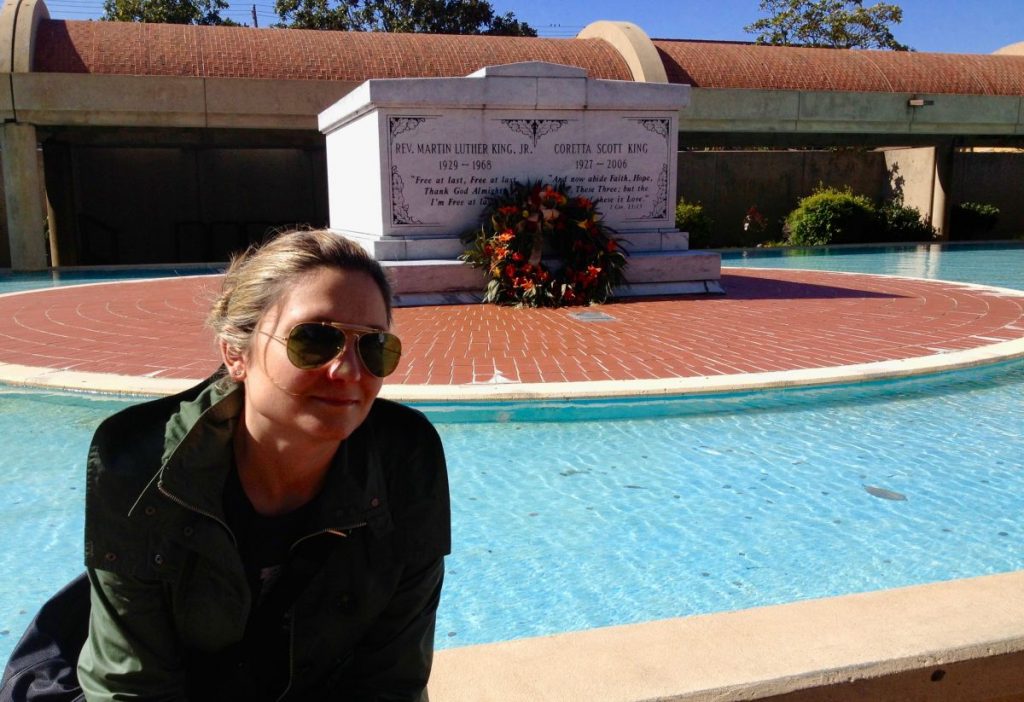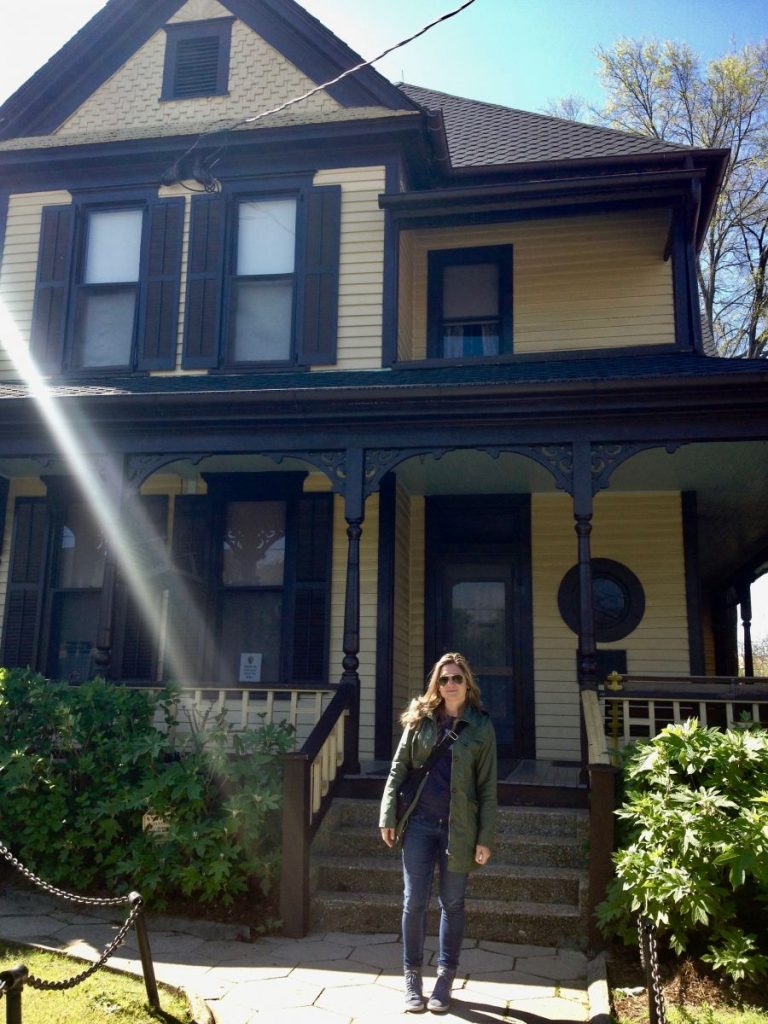


In Italian
US Civil Rights Trail, 5 places not to miss, the itinerary and the tips to relive the most important moments of the Civil Rights conquest in the Southern US.
The aim is to make understand the story, very difficult choices, real difficulties that Afro-American men and women faced in the 1950s and in the 1960s in the last century in order to destroy the violent, rooted and oppressive system of racial segregation developed between the end of 1800 and the first 50 years of 1900 in many states of the USA – in the Southern ones above all – through theme paths and movie paths in towns, locations and museums – even the most unusual ones compared to the famous ones by now everyone celebrates today on the occasion of the Martin Luther King Day.
The US Civil Rights Trail was born in 2015, an idea by Jonathan Jarvis – chief of the National Parks Service – aiming to get the UNESCO World Heritage Site status for all the cultural and historic importance sites tied to the civil rights in the USA.
Over 100 sites identified in 15 states, mapped and listed in the Trail, many of them unknown to the most.
Places that marked the history and the evolution of the Civil Rights and that – each by its own way and times, through different tales and experiences – contribute remarkably explaining what happened about 70 years ago through emotional and educational paths.
Find down here my personal US Civil Rights Trail in 5 places not to miss, the strongest, intense and remarkable experiences in my opinion, to put in a road trip throughout the Travel South USA.
“What happened here changed the world”
(US Civil Rights Trail official website)

US Civil Rights Trail 5 places not to miss, Atlanta, Georgia, Martin Luther King and his wife Coretta’s grave inside the Martin Luther King National Historic Site
Setting out on a journey to Alabama – maybe during a long on the road throughout the Southern United States – it means also choose to follow an important part of the strong, intense and moving path of the US Civil Rights Trail.
From Selma to Montgomery as far as Birmingham to discover and relive some of the most important, painful and significant moments (in the places where they took place) of the fight against the Afro-American segregation in the 1950s and in the 1960s. And that one for their right to vote, or the very simple right to seat, drink or use the public toilets free.
From Martin Luther King’s march – from Selma to Montgomery for the right to vote – until Rosa Park’s refusal to give up – always in Montgomery – her seat on the bus to a white man who was standing.
As far as arriving at the assassination on September 15, 1963 when two members of the Ku Klux Klan make a bomb explode – one among the many ones, so that the name of the town was turned into “Bombingham” – on 16th Street Baptist Church killing 4 Afro-American girls who were preparing themselves for the Service in the basement’s rooms and casting terror and despair on the entire community.
Find here the complete itinerary.
“I have a dream that one day this nation will rise up and live out the true meaning of its creed:
«We hold these truths to be self-evident, that all men are created equal»”
(Martin Luther King)
Strong words, famous to many people today, pronounced on August 28, 1963 on the stairs of the Lincoln Memorial in Washington DC by Martin Luther King.
Moral Chief of a nonviolent movement born in the urban suburbs of Alabama that in a short-time was able to put– at least from a legal point of view – the system of racial segregation strongly rooted in the culture of a good part of the United States of America until that moment to an end.
Protestant clergyman, activist of the nonviolent resistance, Nobel Peace Prize in 1964, fatally shot in Memphis on April 4, 1968 with a gunshot on head.

US Civil Rights Trail. 5 places not to miss: Martin Luther King National Historic Site, birth home, Sweet Auburn, Atlanta, Georgia
Finding oneself in the warm and welcoming Atlanta, capital of Georgia, to set out on a road trip throughout the Southern States, it means also visit the Martin Luther King National Historic Site in order to explore the Afro-American district of Sweet Auburn. And so enter King’s birth home, the Ebenezer Baptist Church – where his grandfather, father and Martin himself preached – and also the Visitor Center with adjoining museum, and even the place where today he rests together with his wife Coretta.
US Civil Rights Trail. 5 palces not to miss: Jackson, Mississippi, the story and the places of Medgar Evers, the less famous face of the Civil Rights
When you think about a journey to the USA of the Civil Rights inevitably you look for the locations tied to the figure of Martin Luther King. Few people know that actually the 1960s Civil Rights Movement was a spread social and political movement which more Afro-American charismatic personalities fighting against discrimination and racial segregation took part into (often at the expense of their own life).
Simple men become – thanks to their actions – not only symbols of hope in one of the darkest and difficult periods of the United States of America, but also examples of courage and moral strength for the next generations.
Like Medgar Evers.
War hero, activist for the nonviolence fight in Mississippi and successively RCNL leader – the Regional Council of Negro Leadership – Medgar became the perfect target of the Ku Klux Klan and the fanatic racists of the Mississippi State. He was fatally shot on June 12, 1963 by a gunshot on the back while he was coming home in Jackson. He died in her wife’s arms neighbored by his children.
From the beginning his murderer was identified as Byron De La Beckwith, an anonymous fertilizers trader, member of the Ku Klux Klan, but it took even three trials – 30 years about – his wife Myrlie’s determination and the tenancy of a young progressive lawyer in a Mississippi still tied to the roots of its past in order to declare him guilty on February 5, 1994 and make him spend in prison his last years.
His story is told in the 1996 movie “Ghosts of Mississippi” with Alec Baldwin and Whoopi Goldberg, nominated for two Oscars and for the Golden Globes in 1997.
Today in Jackson, Mississippi, it is possible to relive his story – and that one of men and women like him who gave their life for the Civil Rights – visiting three very important places: his home – today become Medgar Evers Home Museum – the Smith Robertson Museum – first public school of Mississippi for black children, today turned into a Museum and a Cultural Center where to study, know and understand the painful era of the Afro-American people thanks to interactive rooms and relics – and the new and moving Mississippi Civil Rights Museum.
Find here the complete itinerary.
The Help – taken from the novel with the same name by Kathryn Stockett – tells with great tact and surprising irony the issues tied to the Afro-American integration in the America of the early 1960s. It deals about the difficult life conditions of the black help on the rich white families’ service in detail, in Jackson – capital of Mississippi state – literally divided into two parts because of an oppressive racial segregation.
The story takes place between the Summer and the Fall 1963 and it is told through actions and thoughts of three female characters. Three exceptional women, unlike one another for character and social background and yet deeply motivated and very close by the wish of trying a change – even risking their own life – publishing a book denouncing an unfair – and cruel the most of times – way of thinking.
Find here the complete itinerary of the locations tied to the author – The Help is a strongly autobiographic novel – and to the most important pages and scenes.
From Jackson to Greenwood and Clarksdale discovering Mississippi with an emotional, intense and true key to reading.
There is an image – a picture it would be better to say – which is able to tell the whole story of Ruby with an evocative and so strong power that it makes difficult to use any word then, painted by one of the most famous and appreciated American illustrators of the 1900s, Norman Rockwell.
Ruby Bridges is a 6-year-old girl who in 1960, after have passed the difficult entrance examination, supported by her courageous mother Lucille, defies a world of prejudices and hate entering as the first Afro-American student – escorted by four U.S. Marshall, the special guard provided by a determined as well President Dwight Eisenhower – the William Frantz Elementary School in New Orleans, a school attended by only white children.
In future she will remember talking about her arrival at school: “Actually I thought it was Shrove Tuesday. There was a big crowd outside school. They were throwing things and shouted, things that usually happen during le Mardi Gras.”, arousing the admiration of the marshals themselves who then will talk about her as “a very courageous girl who never cried nor whimpered.”
From 2014 in the William Frantz Elementary School courtyard – the school is still working and can be visited, located at 3811, Galvez St. in New Orleans – there are a plaque and a statue reminding all students and their parents the small big fight of Ruby and her family.